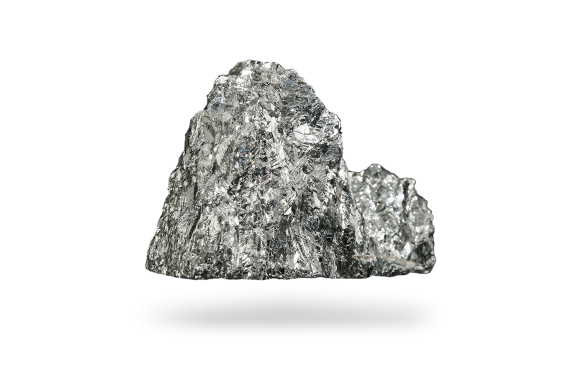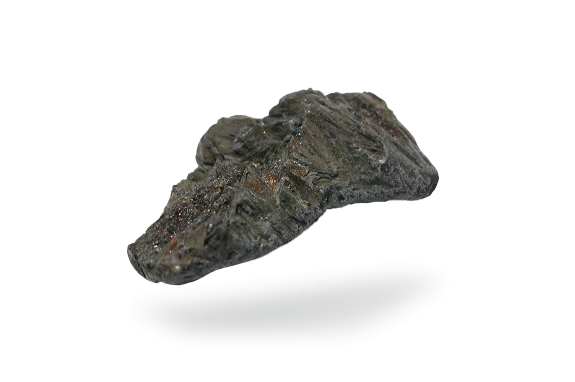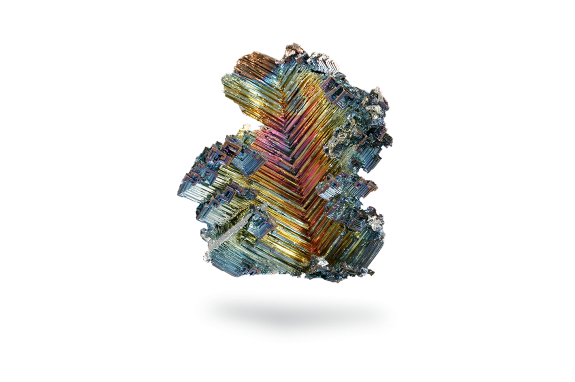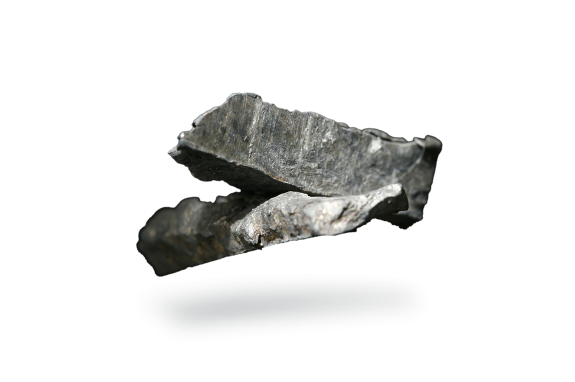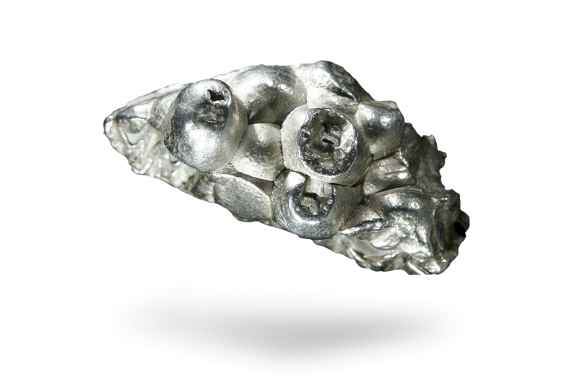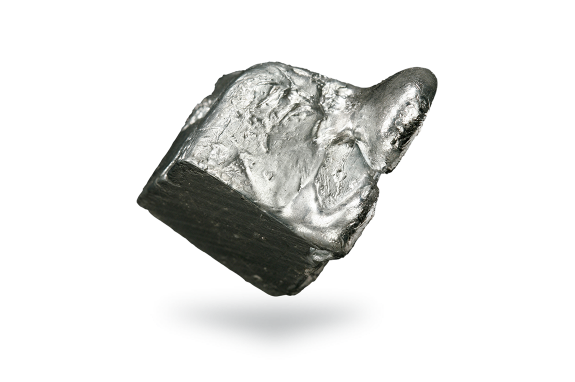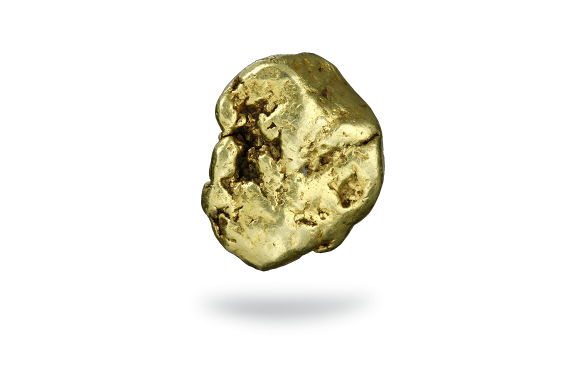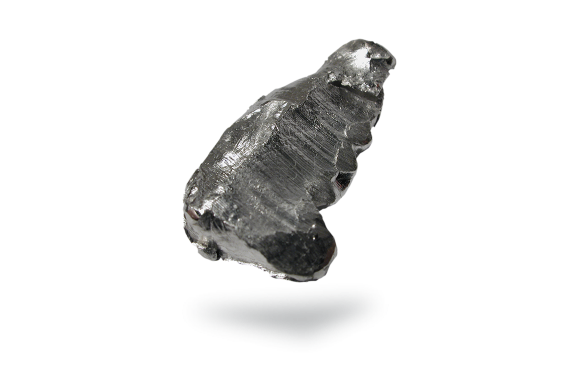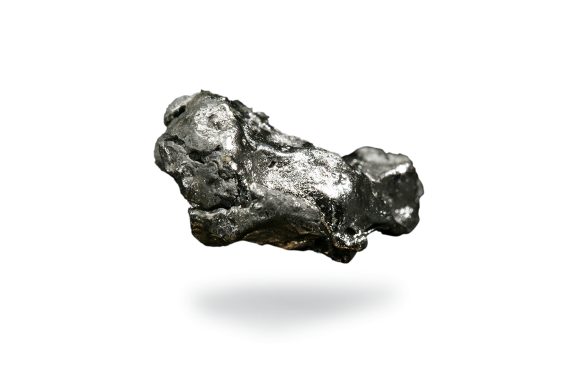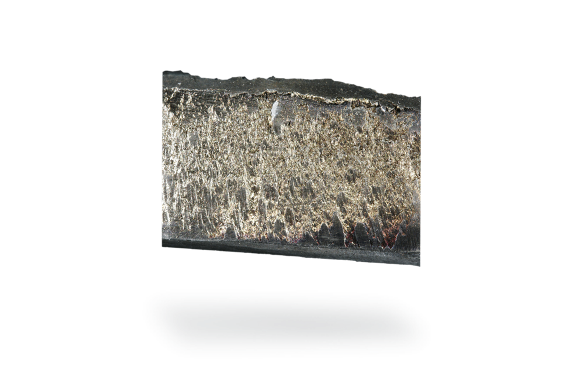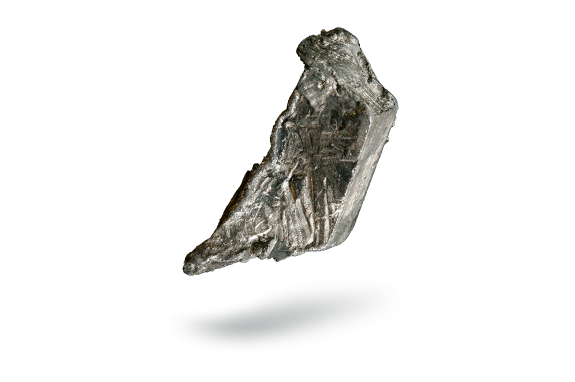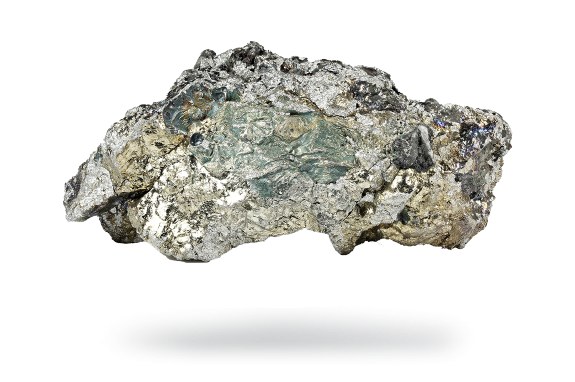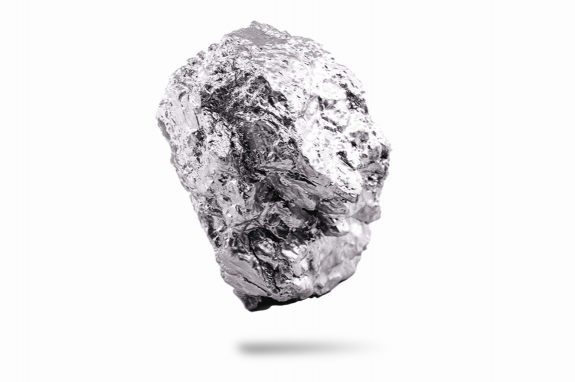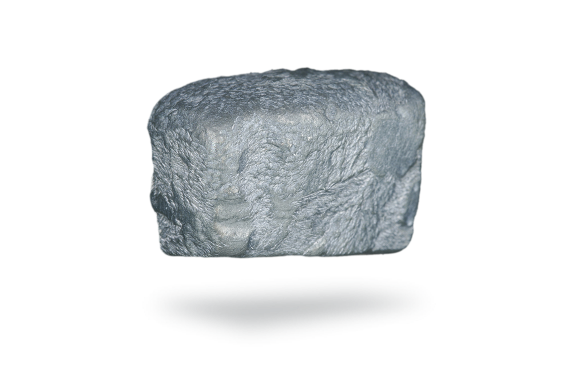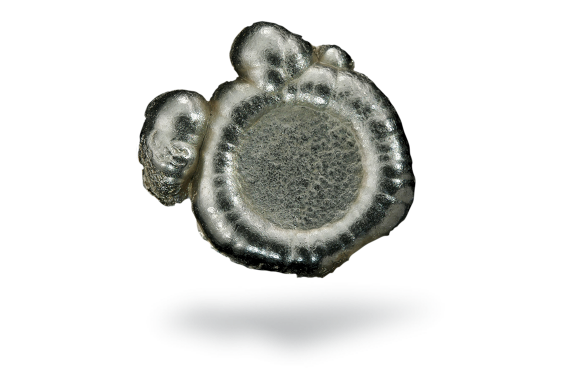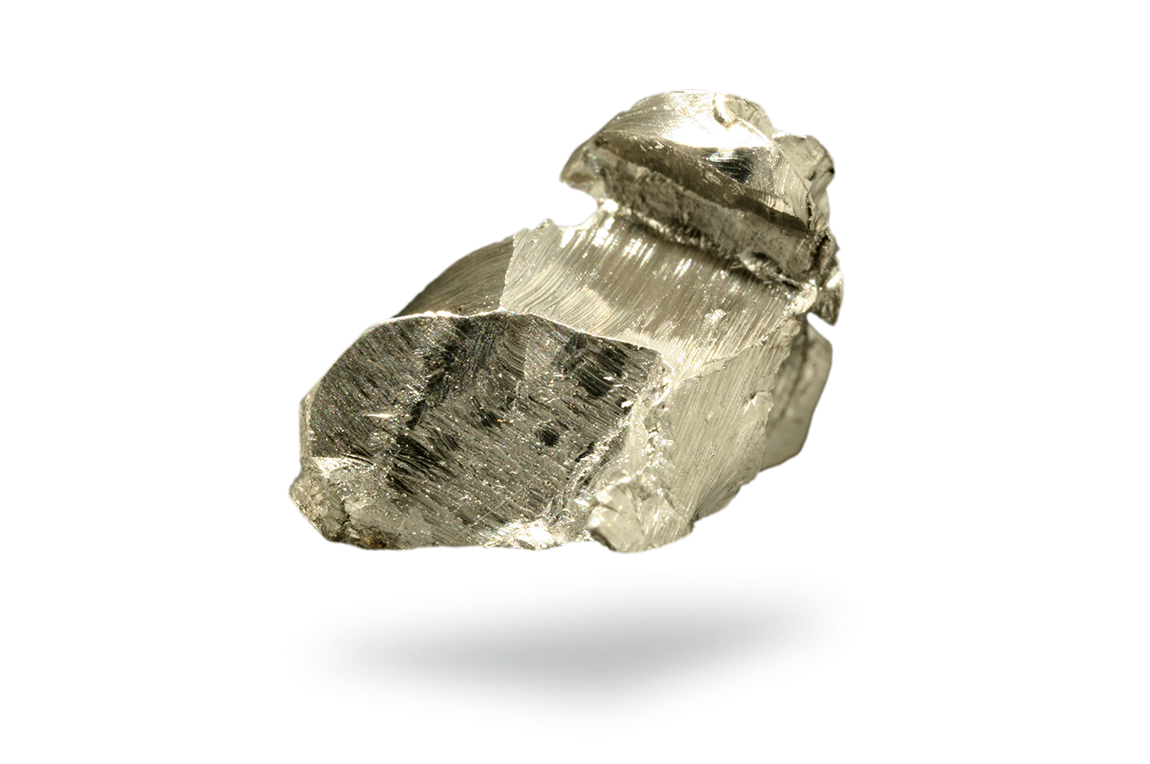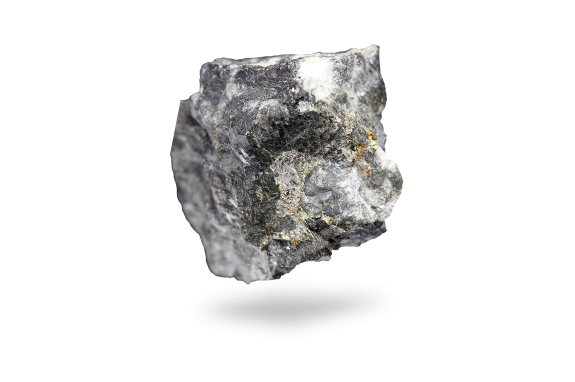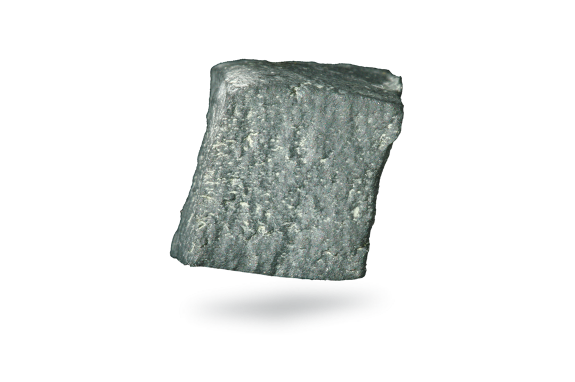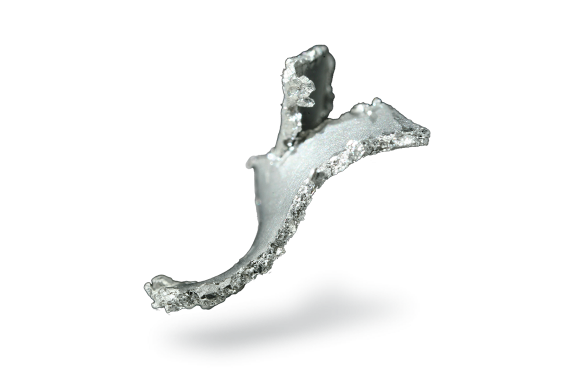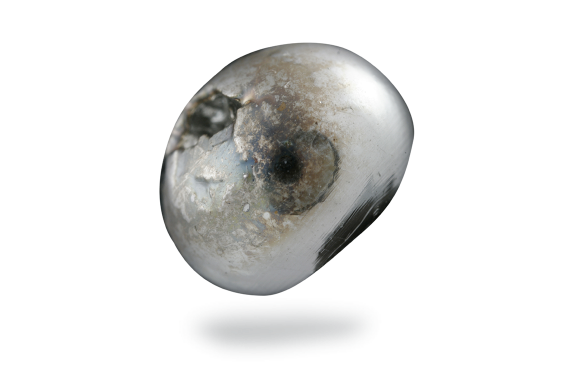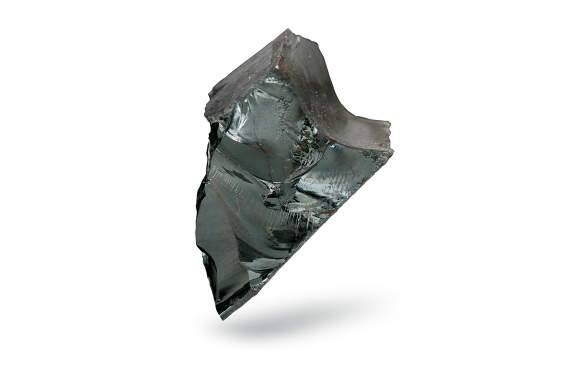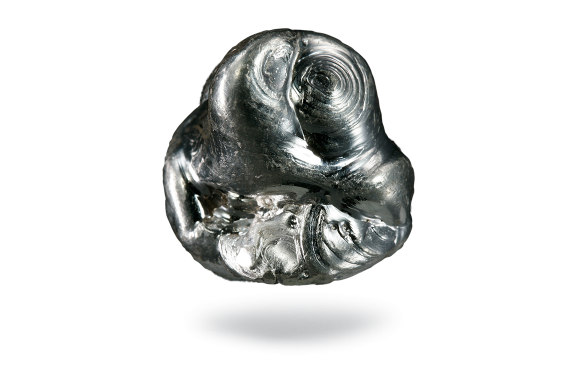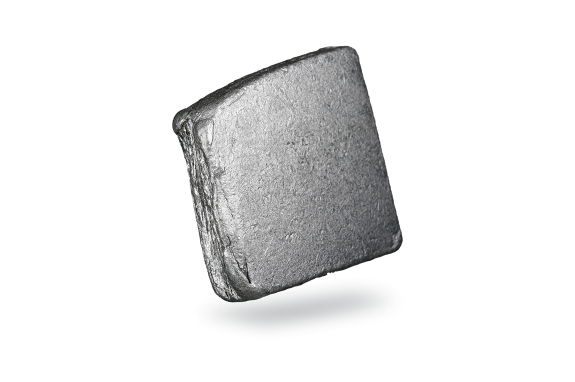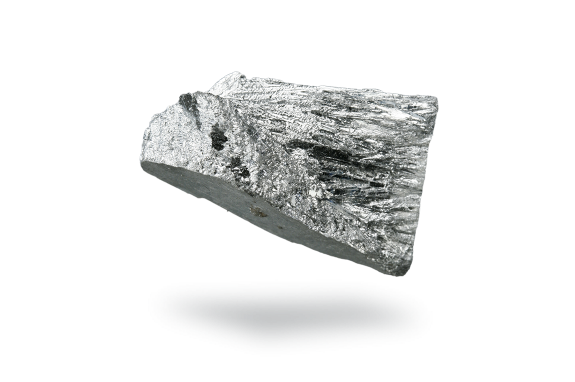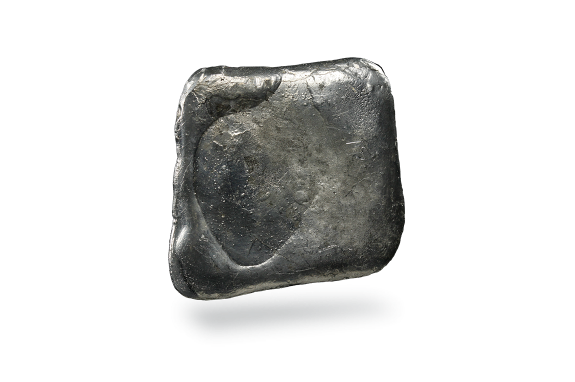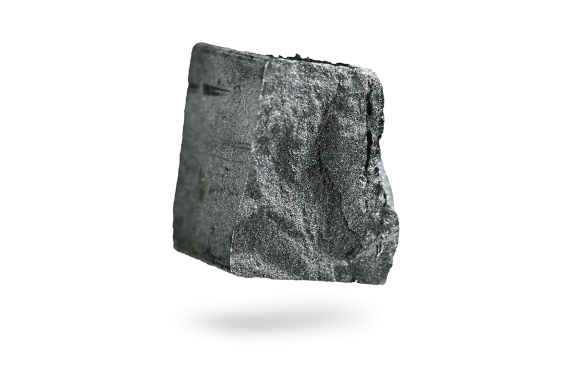Germanium
Did you know that this Umicore metalloid went to Mars? Yes, germanium substrates form the basis of space solar cells due to their energy conversion efficiency. The first two Mars Exploration Rovers and most satellites use germanium cells to power the devices with solar energy. On the 26th of November 2018, NASA reported that the InSight robot had successfully landed on Mars. Our germanium wafers were used in the InSight robot’s solar cells.
However, germanium enables other vital technologies and at Umicore we use our application know-how to provide solutions for: Optical Fibers, IR Optics, Solar Cells, LEDs and Gamma Ray Detectors.
Applications
Germanium’s absorption makes it a great metalloid to use in solar cells to power vehicles and systems in outer space, but that is not it’s only application. This metalloid is even closer to our daily lives than we may think.
No one likes slow internet, especially when streaming videos on an online platform. Today germanium plays an essential role in optical fibers, enabling information and data to travel quickly through light pulses along a glass fiber. Thanks to germanium and other elements in optical fibers we get to have super-fast internet. While connected to your WiFi or cable at home, and through 5G,this connection will require much more optical fiber cables.
Given its high transparency to infrared radiation, in the field of infrared optics, the metalloid is incorporated in lenses or windows. You’ll ask yourself, what use could that have? During the Covid-19 pandemic in airports, these lenses were part of thermal screening to determine body temperatures. Medical imaging is not the only industry that uses infrared optics. They are also used in surveillance cameras, night vision systems in cars and firefighting.
Recycling
Germanium is mainly recycled from production scrap and waste streams from various industries such as fiber optics, solar cells, LEDs and infrared optics. Although end-of-life recycling presents significant challenges due to the dissipative nature of some of the applications, there is an increase in recycling opportunities by turning more and more complex waste streams to recycling flows.
Germanium is sourced from residues of the zinc and cobalt mining industry and is considered as a critical material due to its high importance to the economy and its associated supply chain risk. Recycling is therefore important in securing sustainable supply and Umicore explores innovative solutions to develop and implement new recovery processes. Such innovations are based on our closed-loop business model and our drive towards a circular economy, providing a powerful differentiator in Umicore’s business strategy. Umicore is committed towards the most sustainable, low environmental impact germanium solutions.
Properties
One of the most important properties of germanium is its high refractive index, making it a very useful imaging component of Infrared systems. It is a very bright, hard, and brittle grey metal that cannot be rolled or drawn. Germanium crystallizes in the face-centered cubic system, in which it forms covalent bonds (diamond structure).
Did you know that high purity germanium crystals are the purest material found on earth? With 99.9999999999% purity, it is used in particle accelerators, nuclear reactors and space applications. It was a Umicore germanium detector that discovered water on Mars! Umicore’s Ge crystals are currently used to build a huge system in the US to detect dark matter.
History
Did you know that germanium gets its name from the country Germany? Germanium is the Latin name for Germany, the home country of the scientist Winkler. The first transistor ever built was made from germanium. Transistors are the heart of computers and therefore it was germanium that helped build the digital world in which we now live . For a long time germanium remained a laboratory curiosity and found its use in multiple applications. After a few decades, germanium was eventually superseded by silicon but it still has many applications that we find daily.


